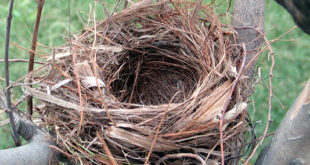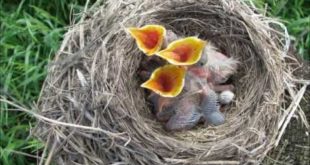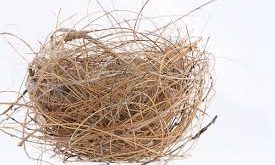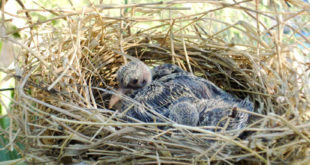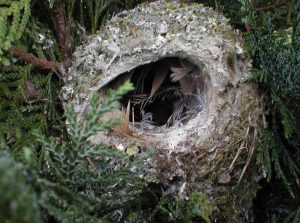 Bird nests can be found in a selection of sizes and shapes. Some are well-camouflaged, have trick entryways, or use unsafe next-door neighbors as guards.
Bird nests can be found in a selection of sizes and shapes. Some are well-camouflaged, have trick entryways, or use unsafe next-door neighbors as guards.
The different sitella of Australia are masters of camouflage. They develop their nests in the fork of a branch, after that they cover it with items of content that match the tree, whether it is bark or lichens.
A strategy used by the yellow-rumped thornbill of Australia is to construct a dummy nest in addition to its actual one. It creates a lovely open-cup nest that continues to be empty, while the actual nest is located in the “cellar” constructed beneath. This maintains killer birds called currawongs from consuming the thornbill’s eggs.
Some wrens construct several nests and afterwards only utilize one. The dummy nests are there to draw predators and also keep them far from the actual nest.
The weaver bird of South Africa protects its nest by making it tough to go into, building long thin entryway tubes. This customized entryway not only discourages snakes, yet it stops cuckoos that might or else try to sneak inside to lay its own eggs in the weaver bird’s nest.
A cape penduline tit utilizes 2 different techniques to safeguard its nest. The male builds a big inviting dummy entrance into its nest, yet the dummy entryway opens up into a vacant chamber. The real entry to the nest is a small slit lined with sticky crawler web above it, that the tit can simply barely fit through.
Building nests beside wasp nests prevails in tropical environments. Yellow-rumped caciques in South America create long hanging nests as close as 3 feet far from wasp nests. This keeps apes, hawks, and also toucans away. One more bird that constructs its nest close to wasps is the oropendola. The wasps not just pester predators but they also attack flies that lay eggs on the child oropendolas – eggs that would hatch out into blood sucking larvae.
 Exotic Birds World Best Authority Site for Exotic Birds
Exotic Birds World Best Authority Site for Exotic Birds
